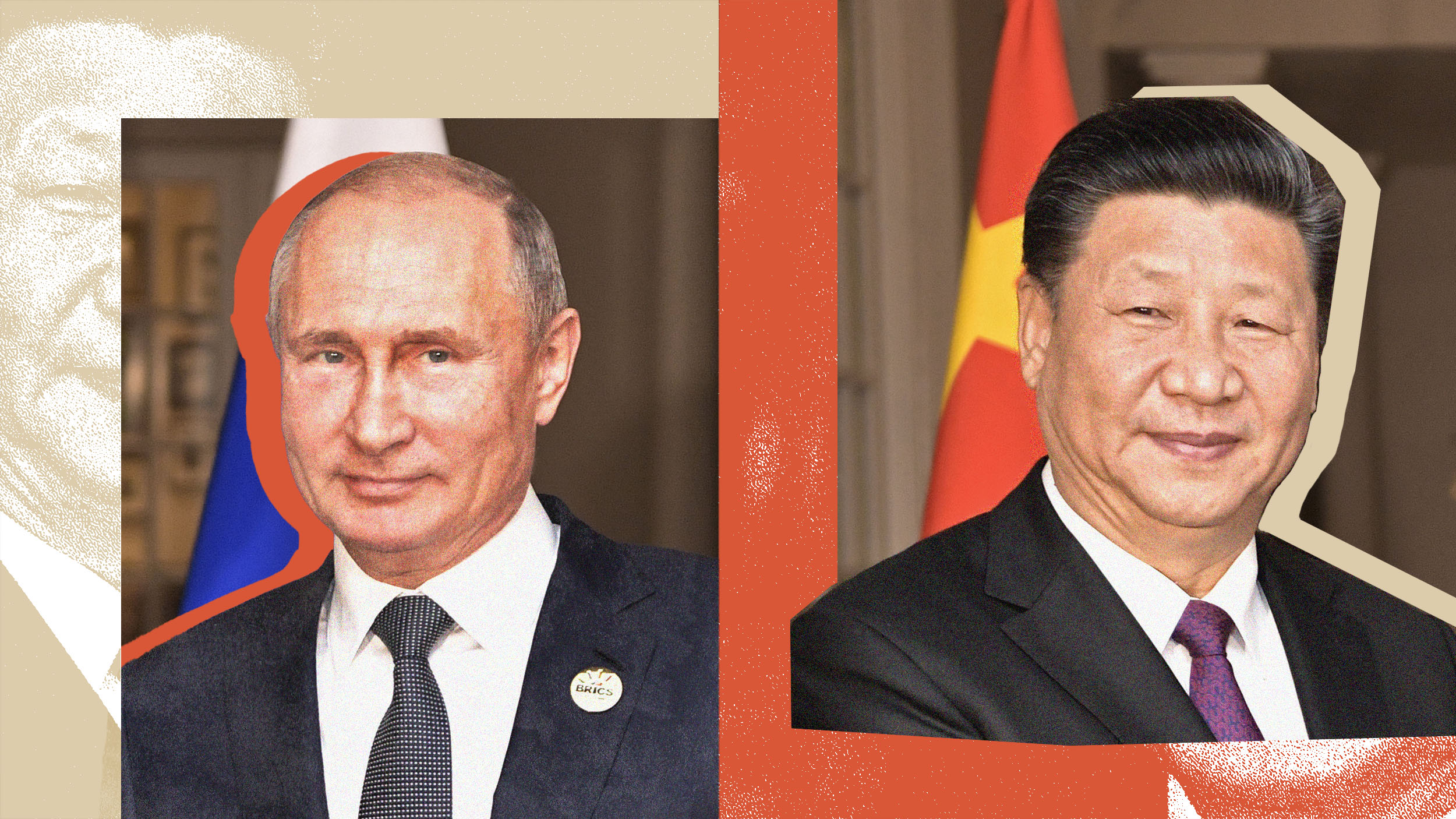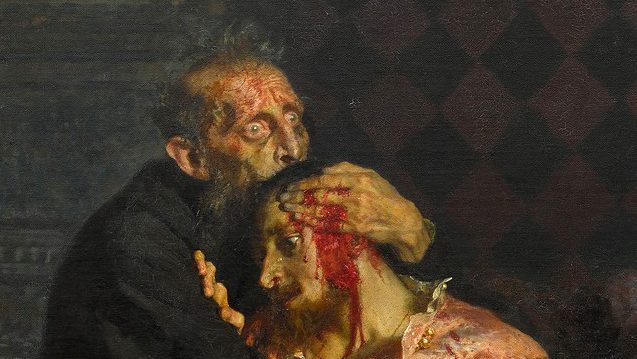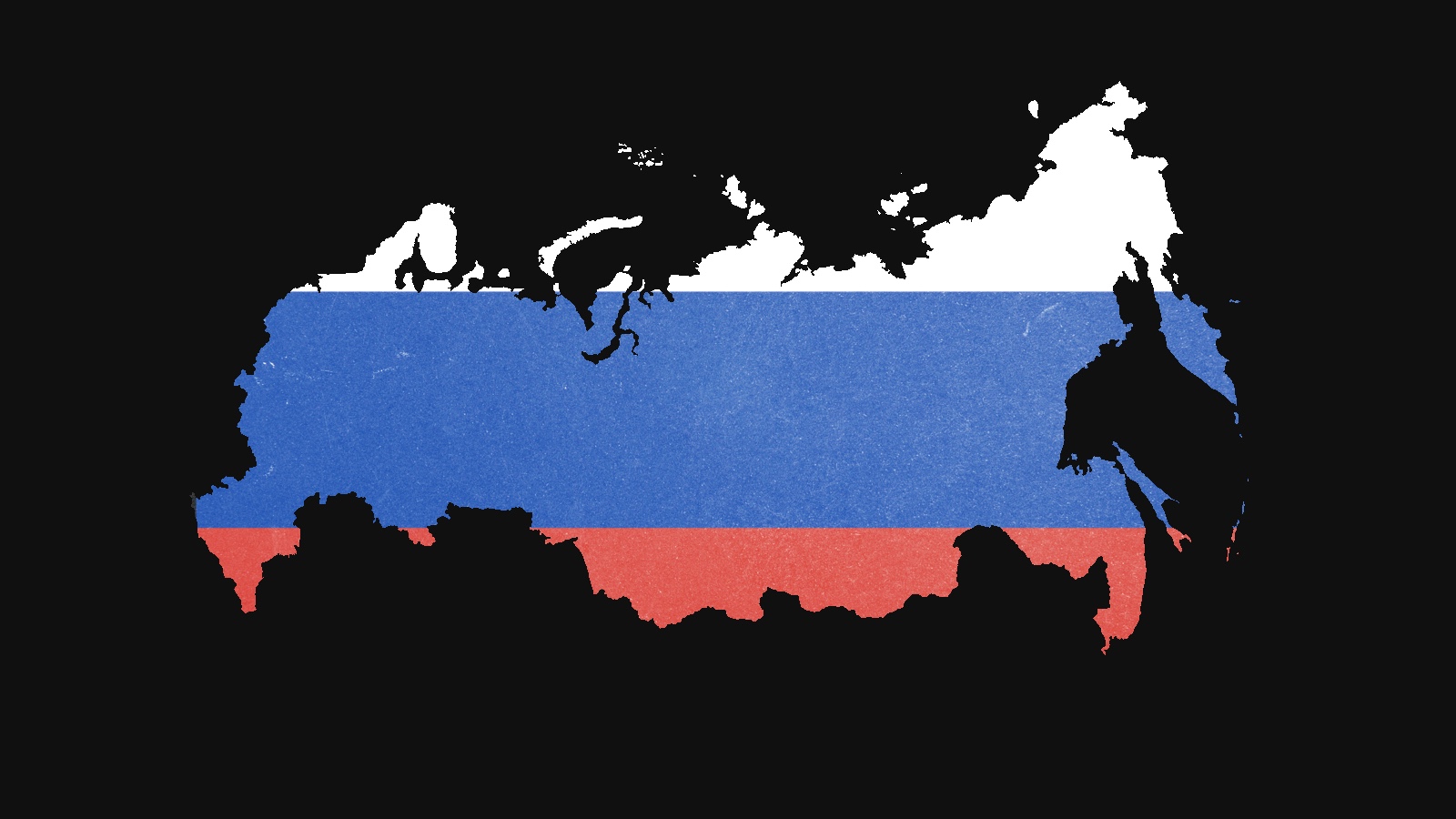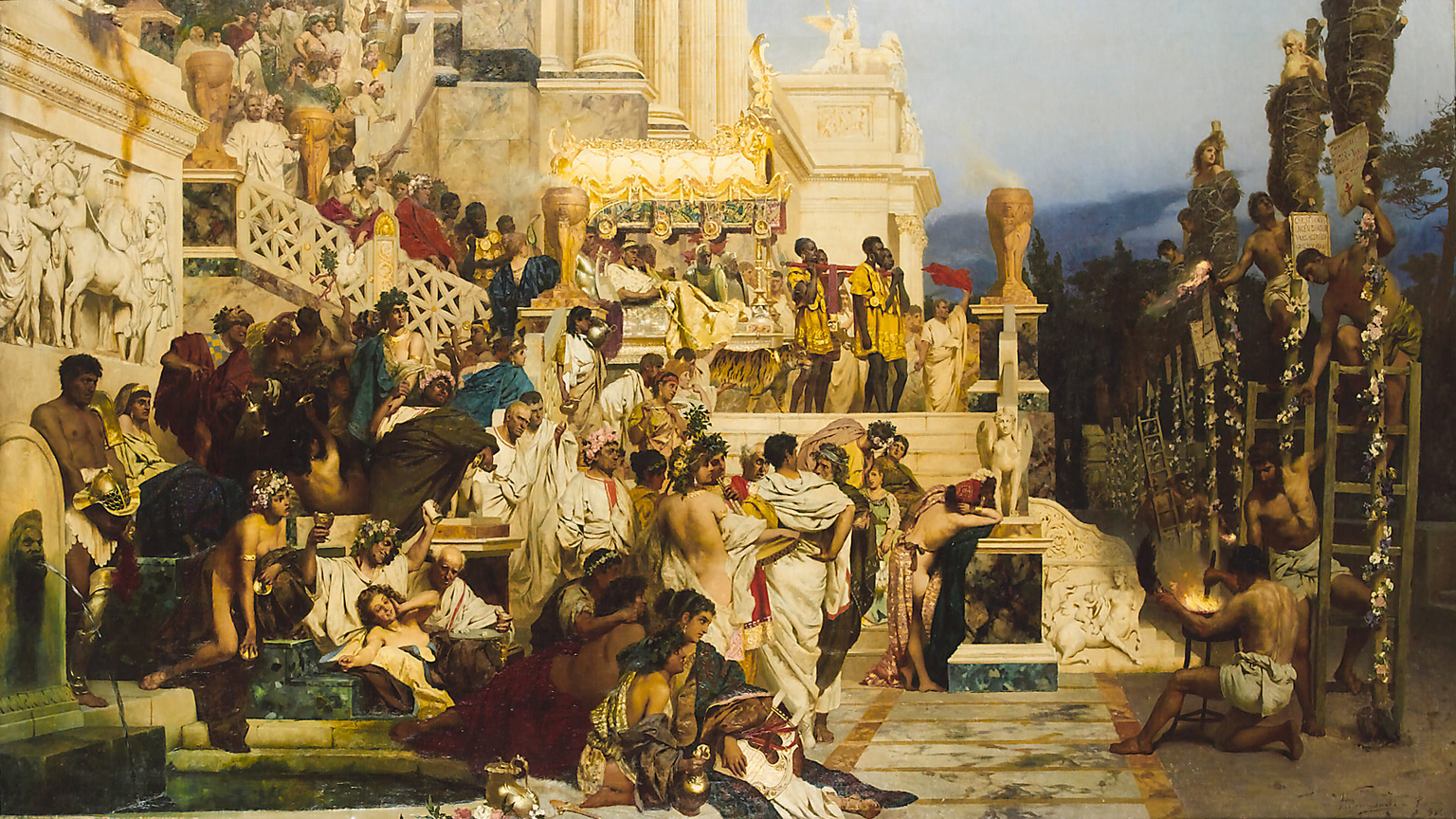The cruelest people in Russian history

Credit: Jaunt and Joy / Unsplash
- If there is one thing that Russia scholars can agree on, it is the poor quality of leadership that has plagued the country since its inception.
- Though some could have become the posthumous victims of inflated rumors or political propaganda, others may have been even crueler than we thought.
- People like Anna Ivanovna (Russia’s ice queen) and Lavrentiy Beria (Stalin’s secret police chief) continue to strike fear in the hearts of modern readers.
A popular joke among American students majoring in Slavic Studies is that you can pretty much sum up the entirety of Russian history by saying things have gone from “bad to worse.” It is a gross oversimplification, ignoring important periods of peace and prosperity during which Russian art, culture, and commerce could flourish.
At the same time, there seems to be an underlying truth to this joke that has caused it to stick. As the Russian political scientist Vladimir Gelman put it in a 2019 article he wrote for Riddle, “Practically all analysts and observers of Russia today, regardless of their political leanings, tend to agree about the country’s poor quality of governance.”
From czars that commanded respect by virtue of their lineage rather than the contents of their character to bloodthirsty Bolsheviks that leveraged communist ideals for personal gain, Russia knows no shortage of leaders that have left the country worse off than they found it. The following list takes a closer look at some of them.
However, take note: when reading about the characters on this list, it is important to look at their stories with a critical eye. Some could have become the subjects of posthumously inflated rumors, others the victims of propaganda campaigns. Others still might have well been even crueler than historians have come to believe. Also, we intentionally did not include Vladimir Lenin and Joseph Stalin, whose crimes against humanity are well-known.
Ivan the Terrible: The First Czar (1530-1584)
Like all czars on this list, Ivan was elected ruler of Russia at a young age by a council of politicians who mistakenly thought they would be able to control him. While “The Terrible” turns out to have been an accurate title, the words did not have the same negative connotation when Ivan was alive. Instead, “terrible” meant “formidable” or “awe-inspiring.”
That isn’t to say he wasn’t terrible, though. In 1552, the czar and his armies besieged Kazan. The siege hardly lasted a week, owing in part to Ivan’s tactics: he would impale his Tatar prisoners and position them around the city walls so that their comrades could hear their agonizing cries to surrender.
Ivan’s wrath was not restricted to the battlefield or even the realm of politics. According to a popular story, he blinded the architect that designed St. Basil’s Cathedral so he would never create something as beautiful again. He also killed his unborn grandson by beating the mother until she miscarried and then killed his son when he complained about it.
Last but not least, Ivan is thought to have kept some seriously questionable company in the form of Malyuta Skuratov, a henchman who — according to the 18th century historian Nikolay Karamzin — was in charge of organizing “rape trips” where he would round up beautiful wives around Moscow and present them to the czar to do with as he pleased.
Anna Ivanovna: The Ice Queen (1693-1740)
While Anna Ivanovna was revered for modernizing (and Europeanizing) Russia, her extreme jealousy and vindictive temper left a dark cloud over her legacy. These two qualities stemmed, in part, from her less than fortunate love life, which took a turn from bad to worse when her sickly husband — the Duke of Courland — died as they were traveling home from their own wedding.
Fancying herself an expert “matchmaker,” Anna took an interest in arranging marriages between the members of her court and would become outraged when they did not involve her in their sex lives. When one of her princes, Mikhail Golitsyn, returned from Italy having fallen in love with a Catholic Italian girl, Anna stripped him of his wealth and titles and made him her new fool.
In a series of events typically encountered only in fantasy novels, Ivanovna found Golitsyn a new bride and organized an extravagant wedding to take place inside a life-size palace made entirely of ice hauled from the frozen banks of the river Neva. After a ceremonial parade that was led by an Asian elephant, the couple was chained to their ice-beds.
They would have frozen to death had Golitsyn’s wife not managed to trade the pearl necklace she received from the czarina for one of the guard’s fur cloaks. Against all odds, the two survived the night and — according to a number of historians — chose to stay together. Ivanovna, however, would die next fall, having spent the preceding summer watching her ice palace melt in the sun.
Trofim Lysenko (1898-1976)
From a distance, Lysenko’s life looks like a straightforward success story. Born a poor, uneducated Ukrainian peasant who did not learn to read until he was 13 years old, he died a director of the Institute of Genetics at the Academy of Sciences in Novosibirsk, where his job was to reinforce the Soviet Union’s agricultural policies with the latest in biological research.
What spins this story on its head is the fact that Lysenko did not end up with this prestigious and hugely important position thanks to his skills or knowledge. Instead, he had been randomly selected by the state in an effort to promote “average men” to leadership positions that, in capitalist countries, were reserved only for the trained elite.
Needless to say, this policy ended up backfiring in a catastrophic manner. Not only did Lysenko know nothing about biology, but the scientific concepts he did understand were molded by political ideology rather than impartial research — including the belief that plants, like the Soviet people, could grow bigger and taller if they were exposed to the right stimuli.
This belief ran contrary to the tried-and-true principles of genetics, namely, that the growth of crops could only be manipulated through selective breeding. That is not to say Lysenko was an innocent victim of indoctrination, though; he imprisoned the Mendelian geneticist Nikolai Vavilov, and his biased practices led to the starvation of millions of Russians.
Lavrentiy Beria: Stalin’s Himmler (1899-1953)
Lavrentiy Beria, whom Joseph Stalin had reportedly once introduced to Hitler as “our Himmler,” was the chief of the People’s Commissariat for Internal Affairs, otherwise known as the NKVD. During World War II, fear of Beria’s secret agents kept a country on the brink of destruction from surrendering to Nazi invaders.
For this, Beria paid a price few would be willing to pay. At the front, soldiers who even remotely questioned Stalin’s military decisions were shipped off to the gulags. In this string of prison systems, located in the icy outskirts of Siberia and constructed under direction of Vladimir Lenin, they would spend anywhere from five to ten years doing forced labor.
Beria’s measures consistently exceeded their political justifications, even by the standards of the Red Terror. When the Nazis invaded Poland in 1939, the Soviets — who had signed a non-aggression pact with them one week prior — came in as well. On orders of Beria, the NKVD murdered as many as 22,000 members of the Polish army and bourgeoisie.
Though Beria almost succeeded Stalin after his death, he was ultimately ousted by Nikita Khrushchev. Today, he is not only remembered as a mass murderer but a serial rapist as well. According to bodyguards, he would habitually lure young women into his mansion before giving them a bouquet on the way out. If they accepted, the sex had been consensual. If not, they were arrested.





